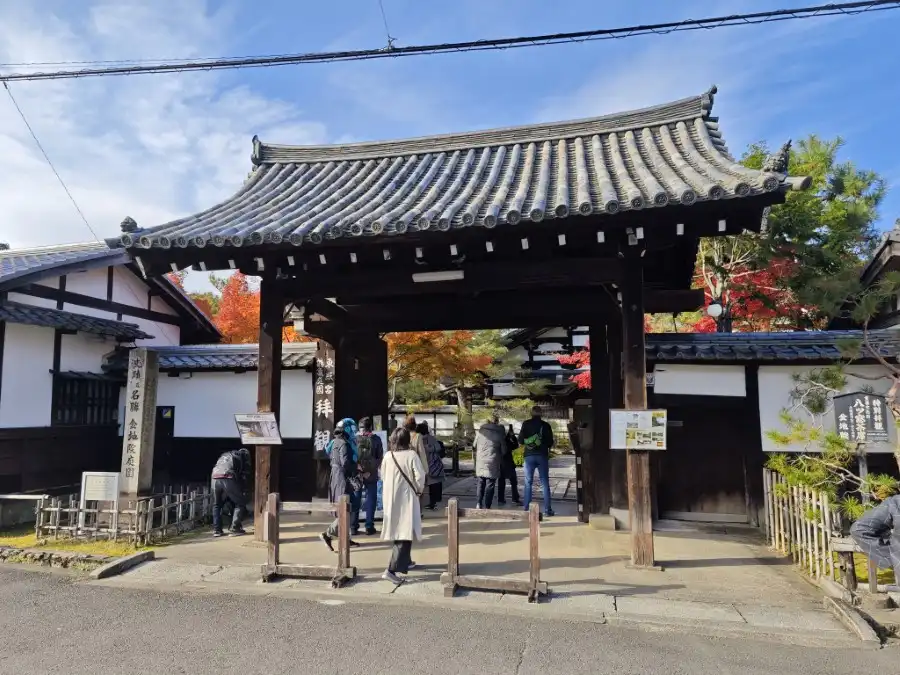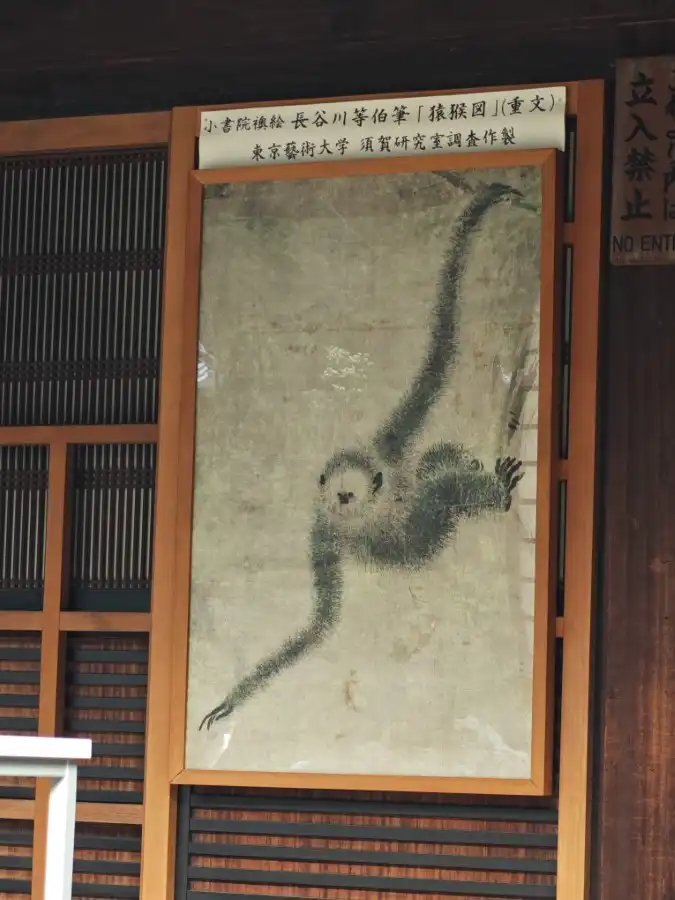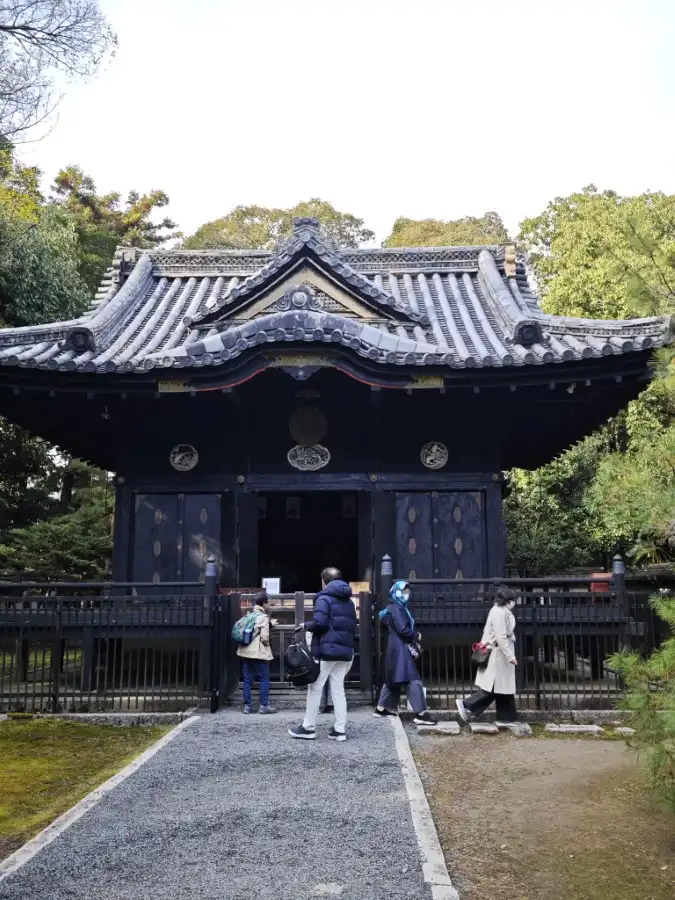Nestled within Kyoto’s historic treasures, Konchi-in Temple, a sub-temple of Nanzenji, is a haven of rich history and cultural significance. Established in the early Edo period, it played a pivotal role in Tokugawa Ieyasu’s administration, earning the monk Ishin Suden the moniker “The Prime Minister in Black.”
The temple boasts an Important Cultural Property, the Hojo, which has Kano school fusuma paintings. Visitors can revel in the beauty of the Tsurukame-no-niwa garden and the Toshogu Shrine, housing relics of Tokugawa Ieyasu. With a tea ceremony room and masterpieces by Hasegawa Tohaku, Konchi-in beckons tourists to immerse themselves in Kyoto’s splendid history and artistry.

History
In the Oei era (1394 – 1428), Ashikaga Yoshimochi, the fourth shogun of the Muromachi Shogunate, founded Kochiin in Kitayama with Daigo Tokki, the 68th head of Nanzenji Temple as the founder.
At the beginning of the Edo period (1603-1867), there was a monk who had the confidence of Tokugawa Ieyasu and participated in the shogunate administration of the Edo shogunate. So his nickname was “The Prime Minister in Black”. In 1605, he relocated Kochi-in to its present location as a sub-temple of Nanzenji Temple. He took up residence there himself. For this reason, Ishin Suden’s other name became Konchi-in Suedeon.
Because of the work of Ishin Suden, this temple became not only a sub-temple, but also the de facto supreme authority with the right to appoint priests for all temples under the five mountains and ten temples throughout the Edo period. It also earned 100,000 koku. So the temple was called “temple feudal lord”.
Buildings and garden
The Hojo (chief building) of this temple is a Important Cultural Property. It is famous for its fusuma paintings by the Kano school. The tea ceremony room is famous for its eight window seats (Important Cultural Property) by Kobori Enshu, along with the Tsurukame-no-niwa garden (Special Place of Scenic Beauty). Visitors can tour the tearoom by reservation. The sliding door paintings “Monkey catching the Moon” and “Old Pine Tree” by Hasegawa Tohaku are famous. You can see these masterpieces during special openings.

The Toshogu Shrine (Important Cultural Property), in the precinct of the temple, is one of the three Toshogu Shrines in Japan. This was built in accordance with the will of Tokugawa Ieyasu. This Toshogu was from 1628 in the Gongen-zukuri style to house Ieyasu’s hair and Nenjibutsu (handy Buddhist statue). The Nakiryu (growling dragon) on the ceiling of the worship hall is by Kano Tanyu. And the 36 poets’ plaques are by Tosa Kouki.



The karesansui garden is also by Kobori Enshu. It has a worship stone in the center, with Turtle Island on the left and Crane Island on the right. Behind the worship stone is Horaisan. And the front is adorned with patterns in white sand. It is a special scenic beauty garden.


Kyoto City Official Travel Guide
Nearby spots from Konchi-in Temple
Nanzenji Temple captivates with a vast Sanmon Gate and seasonal beauty. Nanzenji Temple and its sub-temples are Kyoto essential for all.
Related articles:
[…] within Kyoto’s historic treasures, Konchi-in Temple, a sub-temple of Nanzenji, is a haven of rich history and cultural […]